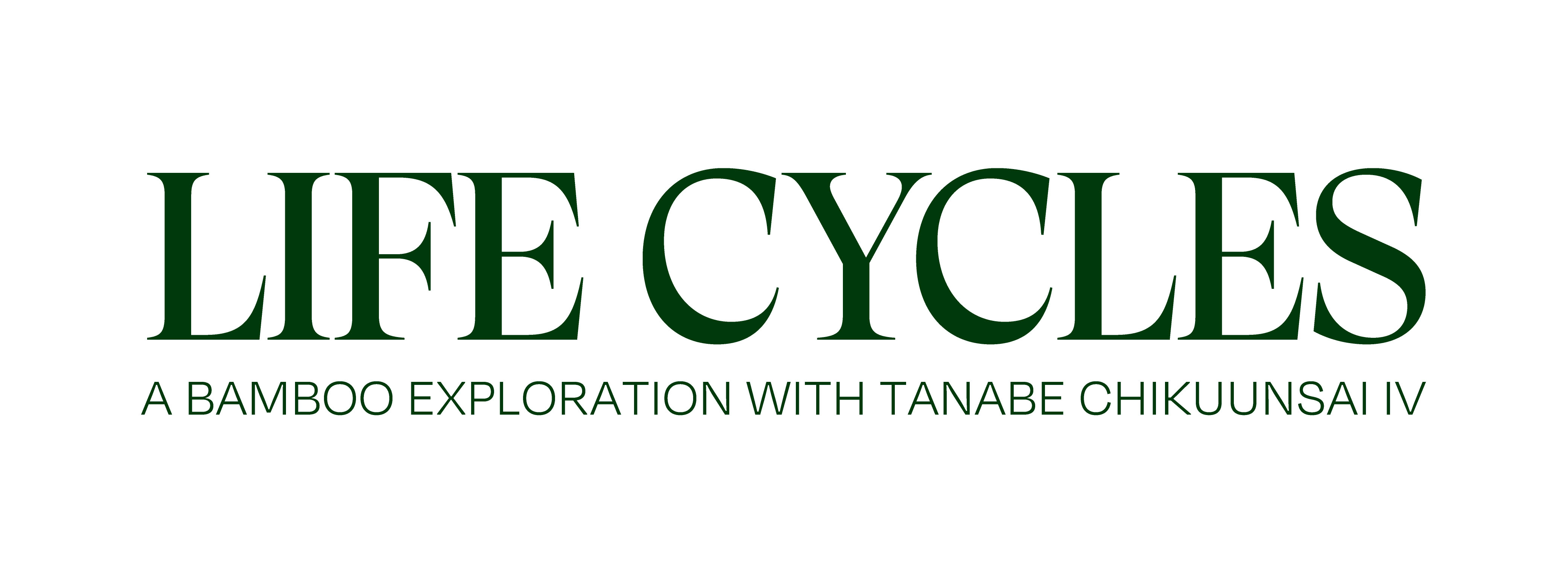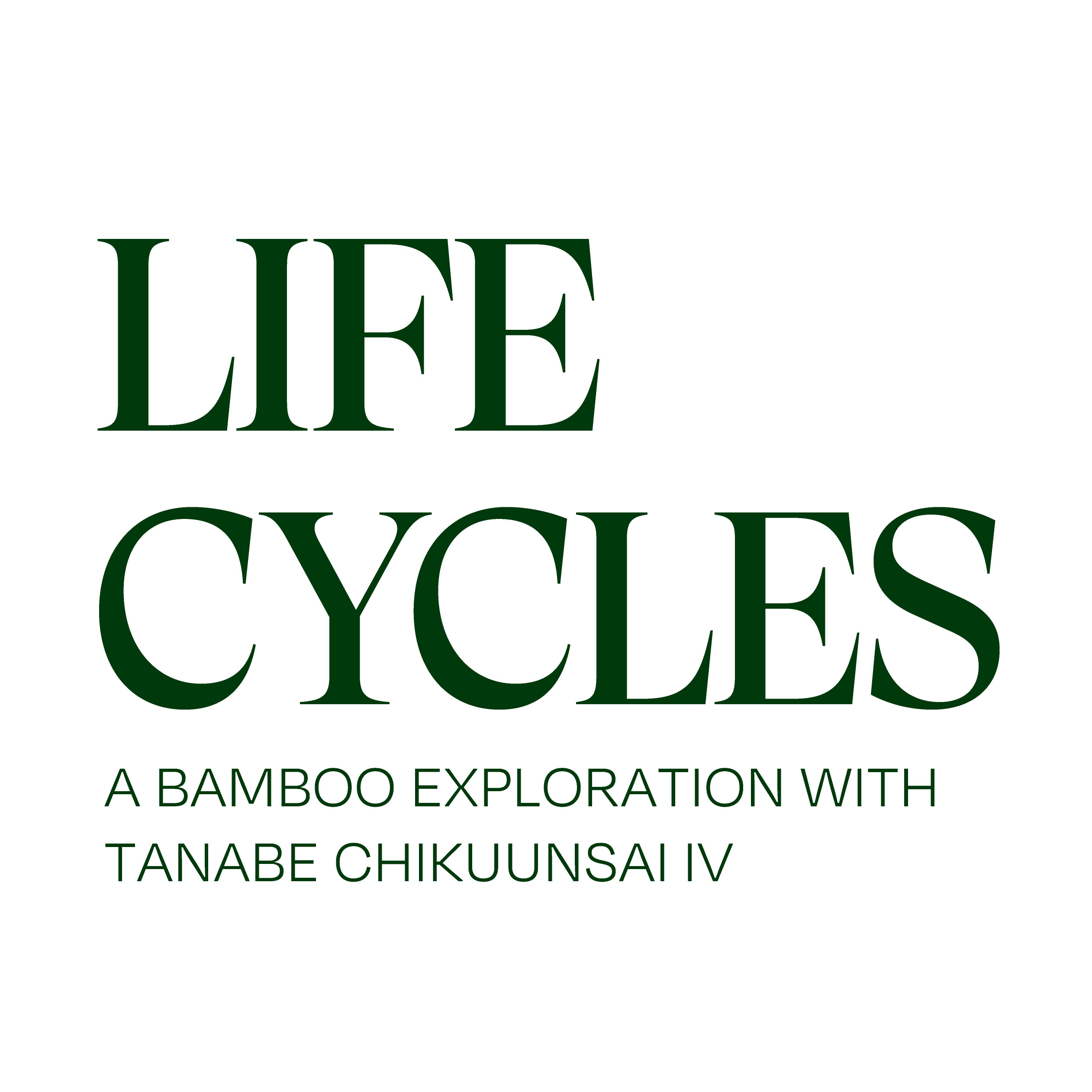LIFE CYCLES - About Bamboo

Bamboo in Asia

Photo by Minamoto Tadayuki
Bamboo is arguably the most universally useful plant on Earth. It is used to build homes, bridges, boats, and furniture and it is made into fishing rods, weapons, containers, musical instruments, paper, clothing, eating utensils, and even food and medicine. This extraordinary grass often stands as tall as trees and grows vigorously in most of Asia, mainly China, Japan, India, and Southeast Asia. In these regions, bamboo traditionally is such an integral part of life that it is hard to imagine these cultures without the plant.
There are over 1,200 species of bamboo in Asia. Its main characteristics are the structure of its stem (which develops in sections divided by nodes), its rapid growth, and its singular flowering habit. As a material, it is lightweight and flexible yet tough and can be split with ease in one direction and heated to retain a desired shape. In East Asia, it has long symbolized the strength and flexibility of the human character. Along with plum and pine, bamboo is one of the Three Friends of Winter, which signify resilience, flexibility and long life, respectively, and it is one of the Four Noble Plants, along with the orchid, chrysanthemum, and plum.
Bamboo in Japan

Photo by Minamoto Tadayuki
Japan values its bamboo arts perhaps more than any other culture. (One of Japan's folktales, “The Tale of the Bamboo-Cutter” or “The Tale of Princess Kaguya,” is a story about a baby discovered from inside a bamboo stalk.) Bamboo grows profusely in the country and has been used in all aspects of Japanese life for thousands of years. The earliest bamboo items were woven from strips, such as utilitarian baskets for fishing and farming, or cut from the cane, such as brushes, musical instruments (including the shakuhachi flute), and bows and arrows; these goods have changed little over time, and are still used to a lesser degree today. In the fifteenth and sixteenth centuries, with the emergence of the tea ceremony as an important cultural and artistic force, bamboo items such as teaspoons, water ladles, and flower vases were elevated to a high-cultural status, and many have been treasured and preserved for hundreds of years.
In addition to the tea ceremony, flower arrangement, or ikebana, greatly influenced bamboo art in Japan. Ikebana began as offerings of flowers to Buddhist deities in temples, but it was secularized in part due to the spread of the tea ceremony, which encouraged the use of simple flower arrangements in domestic settings. During the Edo period (1603–1868), woven bamboo became a favorite material for ikebana vases and baskets, both in temples and in homes. Some of the earlier Japanese bamboo vases imitated formal Chinese flower baskets, but increasingly Japanese bamboo artists worked in a looser native style to produce pieces that celebrated the natural qualities of the material.
Main Exhibition Page


